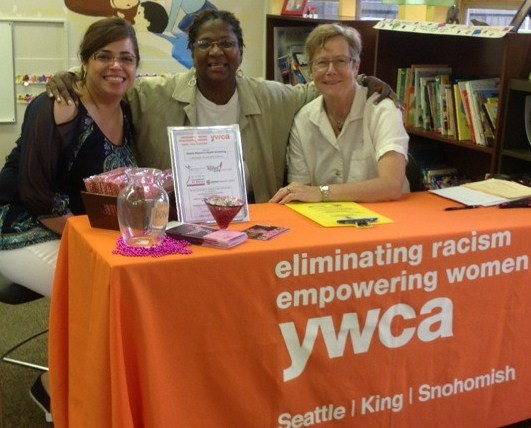From coping with the holidays, to dealing with the darker and shorter winter days, to the ongoing stress that results from care-giving, many of us experience stress on a regular basis and have different ways to cope with it.
Today, the Office on Women’s Health and National Center for Complementary and Alternative Medicine hosted a live conversation on Twitter about stress – they called it a #stresschat. Want to catch up on the conversation? Go here. Many different people and organizations have been participating in today’s conversation on Twitter. Here are some resources people shared that I am finding helpful.
The National Center for Complementary and Alternative Medicine (NCCAM) helps us understand what stress actually is:
Stress is a physical and emotional reaction that people experience as they encounter changes in life. Stress is a normal feeling. However, long-term stress may contribute to or worsen a range of health problems including digestive disorders, headaches, sleep disorders, and other symptoms. Stress may worsen asthma and has been linked to depression, anxiety, and other mental illnesses.
NCCAM also talks about relaxation techniques we can all use to reduce tension and address the stress we are experiencing. Different techniques include deep breathing, guided imagery and meditation. Want to learn more? Check out these five things to know about relaxation techniques for stress.
The Kripalu Center for Yoga & Health says, “If you’re alive, you experience stress.” How true that is.
A little bit of stress is ok, but chronic stress can have long-lasting impacts on our health. Dr. Susan Lord, a Kripalu Healthy Living faculty member and expert in mind-body medicine, says we can “transform stress by intentionally activating the relaxation response, which increases blood flow to the brain and releases chemicals that make your organs slow down.” And that’ a good thing.
There are seven steps she suggests to activating our relaxation response and increase our mindful living:
- Develop self-awareness via yoga and meditation.
- Express yourself creatively.
- Be here now. Live in the present moment – not too much in the past or the future.
- Find community.
- Identify stressful thoughts and beliefs. Eavesdrop on your internal dialogue. Just noticing will prepare you to start shifting stressful thoughts and beliefs to more positive ones.
- Do experiments: “Identify one concern you have about your life or health, and come up with a new way to deal with it.”
- Avoid judgment. Notice when you start to criticize yourself and others, and be kind instead.
These are all great tips that you can use to care for yourself. But what about when you have someone else to care for, as well? AARP talks about when caregivers experience a lot of stress – and what to do to take care of yourself and the other person you’re caring for.
AARP has their own list of 10 tips. Here are just a few!
- Put your physical needs first. If you’re not caring for yourself (eating well, getting enough sleep, getting regular medical check-ups…), you wont’ be in any shape to care for others.
- Ask for help.
- Get organized. Develop a system with calendars and to-do lists to help you stay on top of it all.
- Take a break. You deserve it. Really.
We all experience significant stress at some point in our lives. It is so important that we take care of ourselves, model self-care to others, and be there for others who may be going through a tough time. What are some strategies that work for you? What is one new thing you plan to try to manage the stress in your life?






 Futures Without Violence
Futures Without Violence

